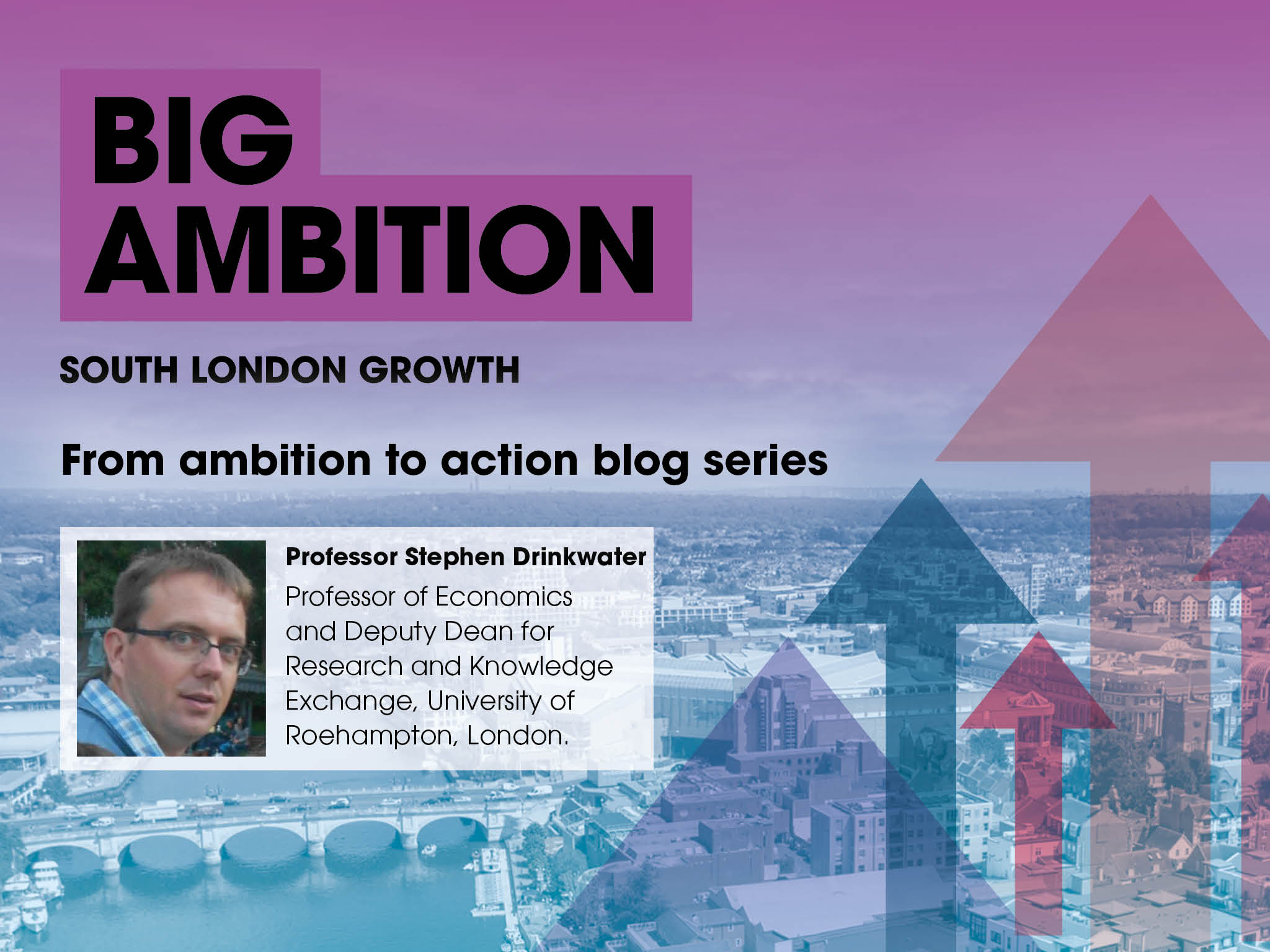Retrofit and Achieving Net Zero in South London

In this new ‘From ambition to action’ blog series, key South London stakeholders respond to the South London BIG Ambition Growth Statement.
Retrofitting London’s built environment is vital to achieving regional and national net-zero targets since it has been estimated that buildings account for 68% of the carbon emissions in London.
Retrofit is also very relevant at a more local level, including in South London, where it has been estimated that there are 635,000 houses to decarbonise in its six constituent boroughs (Croydon, Kingston upon Thames, Merton, Richmond upon Thames, Sutton, and Wandsworth). Schemes such as Warmer Homes London have been introduced to make homes greener and accelerate the installation of solar panels, insulation and heat pumps. In addition to making homes warmer, this scheme also aims to make houses more energy efficient and reduce household energy bills. However, given the heat waves that London and other parts of the UK have already experienced this summer, as well as changing weather patterns that will likely produce far more very hot days in future summers, there is also an increasing need for buildings to be better ventilated and have air-conditioning. Moreover, it is possible for air conditioning units to be powered by solar panels, which provides a clean energy and cheaper solution for keeping cool.
This backdrop provided a timely context for a recent research and knowledge exchange event that took place at Roehampton University on ‘Retrofitting South London’s Built Environment’. The event was organised in connection with South London’s Net Zero and Nature Growth Cluster, which was identified in the recently published Growth Ambitions Statement as one of South London’s four key growth clusters for driving inclusive and sustainable innovation. The date of the event (Thursday 3rd July) was also sandwiched between the London Climate Action Week and the UK’s Net Zero Week. The event consisted of a welcome talk by Matthew Hamilton, Director of the South London Partnership (SLP), followed by three presentations that focused on education, training and workforce issues within the retrofit sector and construction industry more generally and finally a panel discussion on ‘How best to deliver on retrofitting South London?’, which was chaired by Richard Taylor, Director of Research & Innovation Services, London South Bank University.
Polly Persechino, Head of Economy, Skills and Employment at the SLP, delivered the first presentation on the retrofit skills challenge and the establishment of South London’s Retrofit Taskforce. It covered interrelated aspects, including the predicted growth of a green economy in South London, the Mayor’s South London Green Skills Academy and the Retrofit Skills Centre, as well as the changing policy landscape relating to the construction industry. This included the importance of skills and the role of construction in the UK Government’s Industrial Strategy, which was published in June 2025. The presentation by Stephen Drinkwater, Director of the CSRM at Roehampton University, continued on this theme by comparing London’s construction workforce with that in the rest of England. Some of the key differences that were identified included the importance of migrant workers in London’s construction industry, especially people born in countries that joined the EU after 2000, such as Poland, Lithuania and Romania. Employment in the construction industry is also far more ethnically diverse in London, whereas although the percentage of female workers is higher in London, it remains very low in many key occupations. Some implications of these findings for skill shortages were then highlighted. The final presentation focused on the availability of relevant education and training courses in South London. In particular, Lilian Da Silva from SETEC, Roehampton University, and David McClymont from the South Thames Colleges Group (STCG) provided an overview of the programme mapping exercise that was undertaken to identify career progression opportunities within the building retrofit sector. This included the alignment of courses, the gaps between them, collaboration on short courses, future opportunities and the sharing of laboratories such as STCG’s Green Construction Lab.
The panel discussion, which concluded the event, picked up and further elaborated on many of the themes that had been mentioned in the presentations, including skill requirements and the role of government policy at local, regional and national levels. The panellists were Tom Ardron, Community Retrofit Officer, Merton Borough Council; Marguerite Murdoch, Marguerite Murdoch Architects, Teddington; Matteo Orsi, Associate Director, Morris & Company Architects; and Stephen Pretlove, Director, SETEC, Roehampton University. Some of the discussions in connection to skills centred around technological advances, including the potential for an increased role for Artificial Intelligence in helping to address certain retrofit challenges. The possible advantages of using AI include data-driven solutions, the optimisation of Heating, Ventilation and Air Conditioning (HVAC), energy management through smart metering and encouraging behavioural change.
Read the South London BIG Ambition growth strategy
Professor Stephen Drinkwater Bio
Stephen Drinkwater is Professor of Economics and Deputy Dean for Research and Knowledge Exchange in the Faculty of Business and Law, University of Roehampton, London, where he is also the Director of the Centre for Sustainability and Responsible Management. He has undertaken research on a range of demographic and labour market issues. Much of this research has a policy focus and has principally involved applying quantitative methods to a variety of large-scale survey and administrative datasets. He is an external research fellow at the Institute for the Study of Labor (IZA), Bonn and the Global Labor Organisation.



